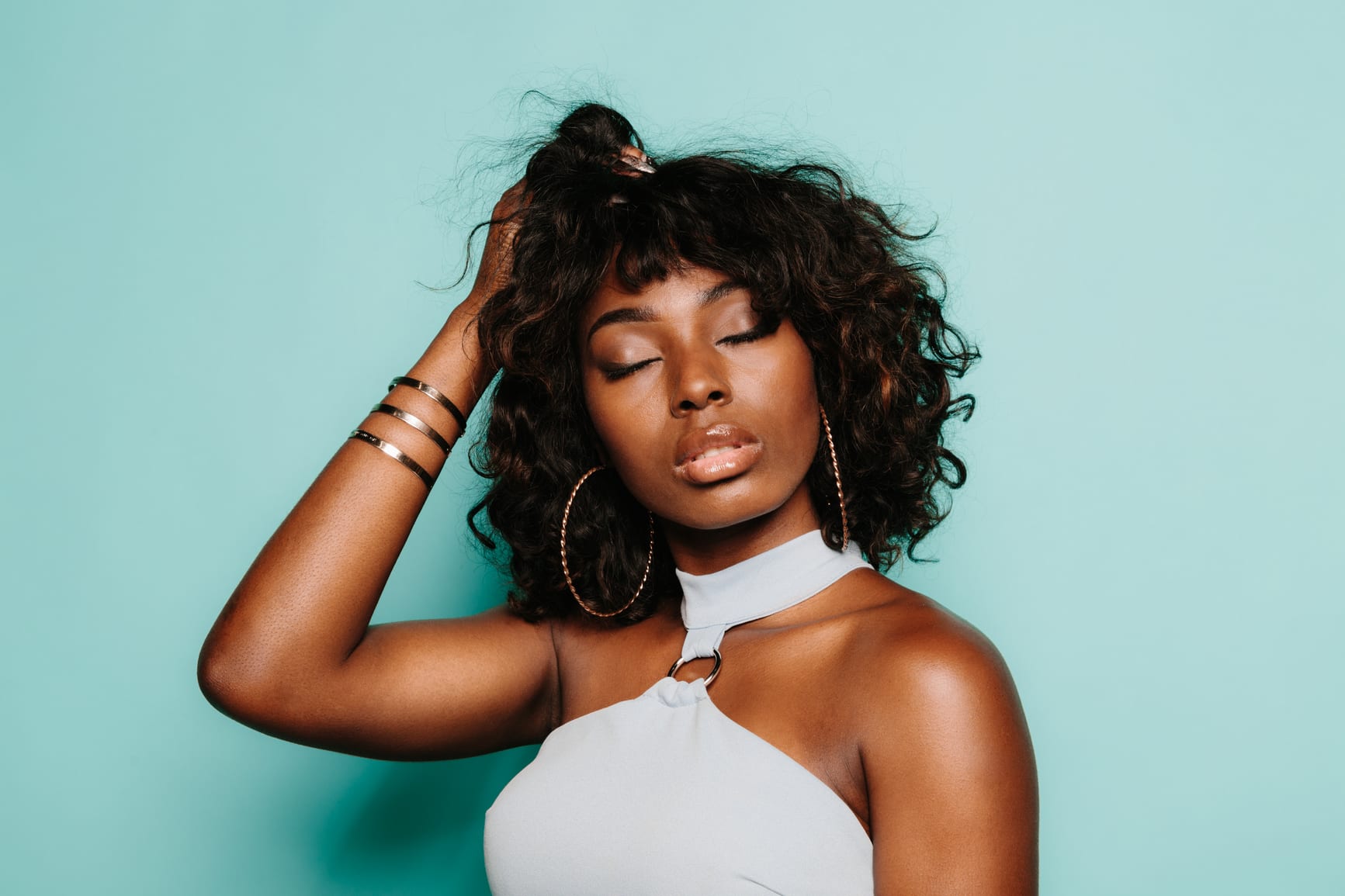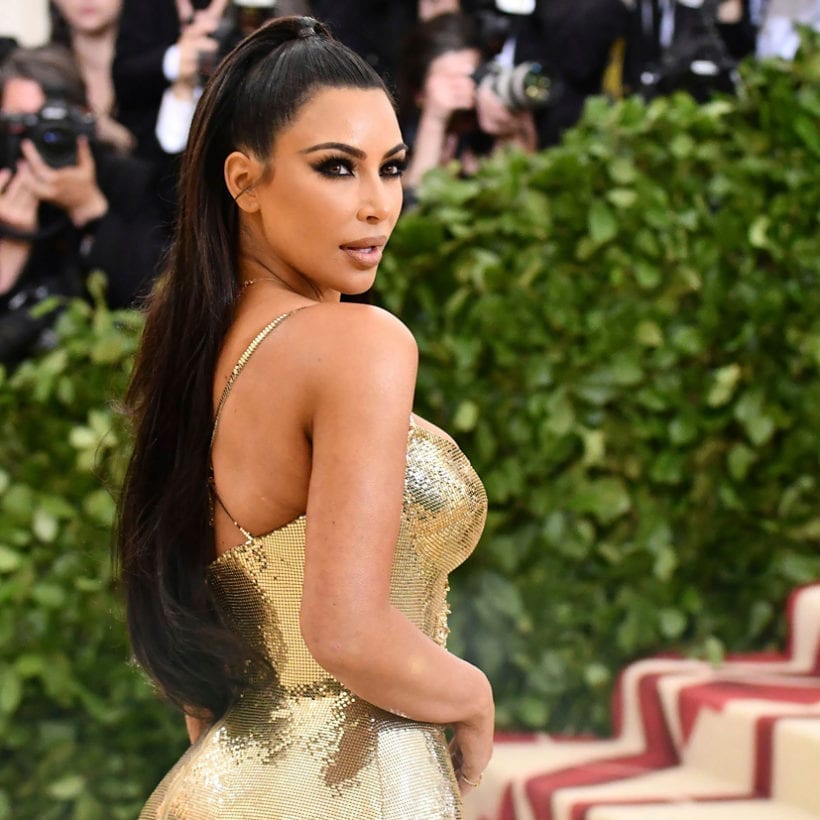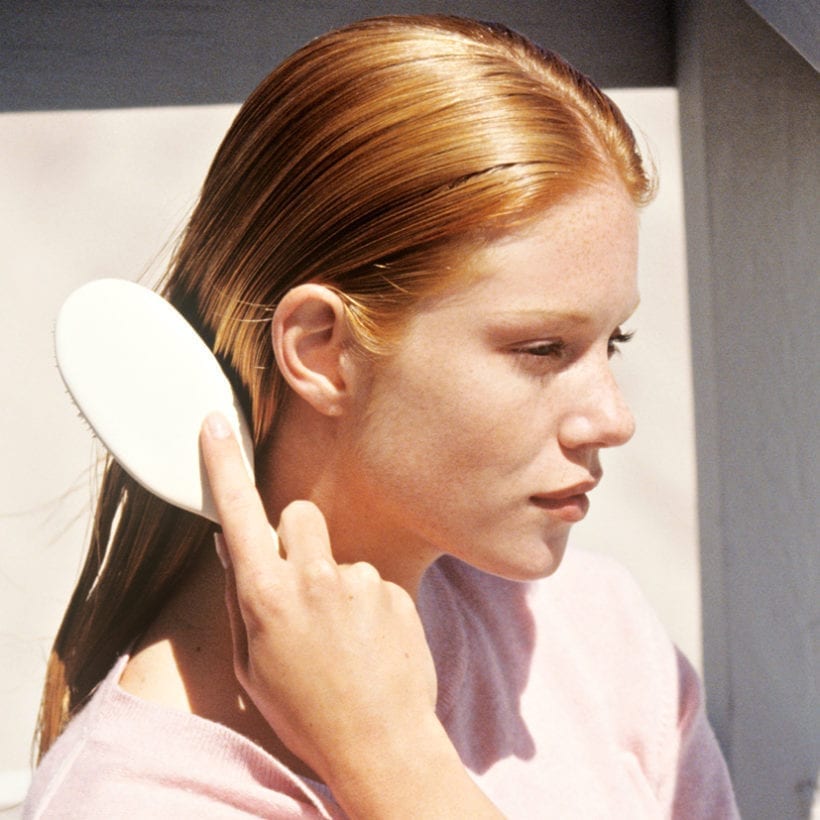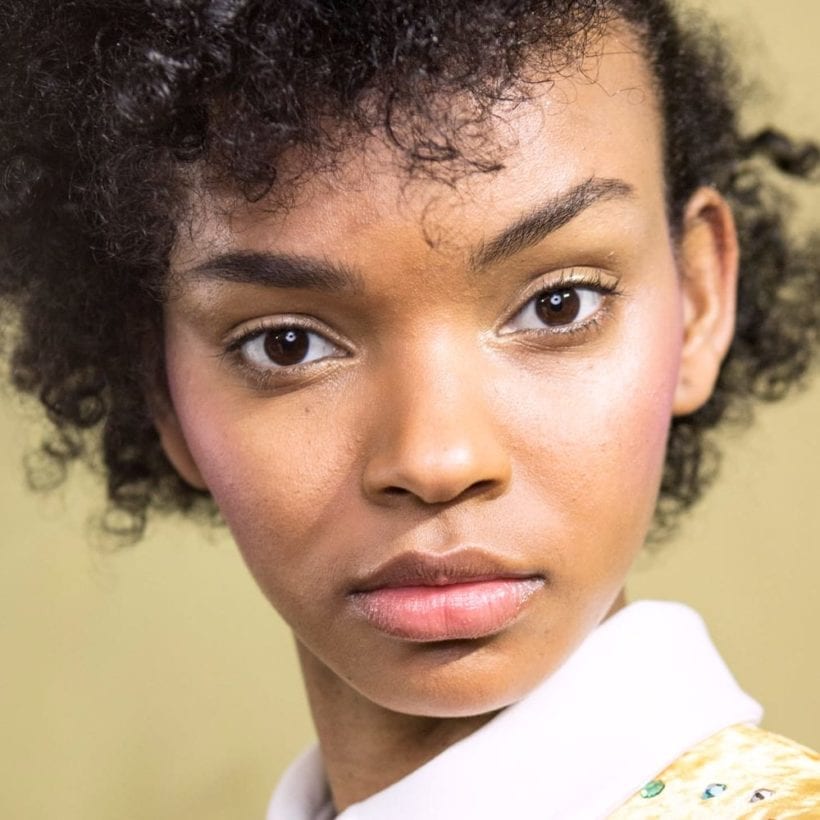Whether you have a hankering for switching up your hairstyle or a desire to give your locks a much-needed break, you may have experimented with wigs or strongly considered it. Most wigs wearers praise their units for the low maintenance and protective styling capabilities. By definition, a protective style is a low maintenance hairstyle that promotes hair growth due to the absence of hair manipulation that can lead to breakage. Think: braids, twists, knots, they shield hair from damage and loss. However, when your natural hair is tucked away under a wig, out of sight, and out of mind, it could be pretty easy to forget about caring for your scalp, aka the foundation of your hair’s growth.
Why is scalp care important?
A wig allows you to switch up your hairstyle often without manipulating your natural hair, which is usually in braids underneath. Your scalp is probably the most critical factor to consider when rocking any hairstyle and you have to take out the time to ensure your scalp is getting the attention it deserves — your hair’s health literally depends on it.
Hair growth and health starts and ends with your scalp, according to Brittany Johnson, licensed cosmetologist and senior content manager for Mayvenn, a virtual hair salon offering affordable, luxury end-to-end hair and styling service experience. She shares the following insight with Sunday Edit: “A healthy scalp is important for hair growth because it is truly where healthy hair starts — from the roots down! A clean and healthy scalp provides the best environment for hair growth, and removing build-up and using proper exfoliation techniques will help your hair stick to its normal growth cycle.”
How do you care for your scalp before wearing a wig?
Most wig wearers opt for cornrows (braids) to ensure their locks are tucked away, and their wigs can lie as flat and naturally as possible. It’s the most low-maintenance of protective styles. So properly caring for your scalp (and hair) before cornrowing is super important.
Neglecting your scalp can lead to hair loss and conditions such as scalp acne. You would want to start with proper exfoliation. Try to add to your hair routine Sunday Riley’s Clean Rinse Scalp Exfoliating Scalp Serum. This AHA/BHA infused scalp serum helps rid the scalp of product build-up, excess oil, dead skin, and pollution which is important to do before braiding your hair for a wig installation. You can use it as often as you need.
Celebrity hairstylist and author of Get Out Of Your Own Way!, Monaé Everett, recommends following the below steps to ensure your scalp and hair are properly prepped to go into braids.
- Start by using a clarifying shampoo like Naked by Essations Clarifying Shampoo to break down any dirt, oil, and product build-up in the scalp before starting the braiding process. Once your scalp is clarified, you can move onto a moisturizing shampoo and conditioner, which will lock in some hydration before braiding.
- After shampooing and conditioning, apply a leave-in conditioner such as Sebastian Potion 9. This particular styling leave-in protects and enhances manageability in the hair, which eases tension on the scalp while braiding.
- Post braiding, add a lightweight oil to the scalp to combat dryness and flakiness. A great option is jojoba oil, which studies show mimics the natural sebum found in the scalp.
It’s also worth noting that less is more when it comes to braiding down your hair — the less tension applied when braiding, the more your scalp is protected from irritation and inflammation, and healthy hair follicles can flourish from it.
Scalp care while rocking your wig
It can be very tempting to apply your wigs using adhesives like glue, but to properly care for your scalp, going glueless is your best bet. Dryness in the scalp can lead to itchiness and irritation that, when scratched, can cause damage to hair follicles and slowed growth. Similarly, dry hair strands are prone to breakage.
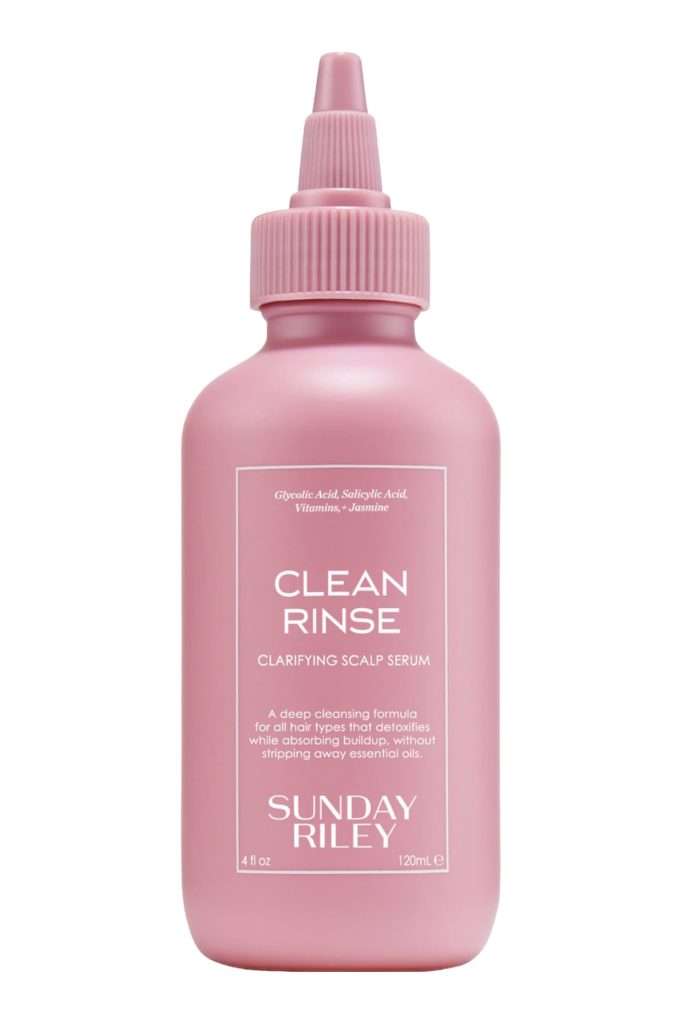
Additionally, washing your hair while in cornrows (ideally once a week) should be at the top of your to-do list to control product build-up and bacteria growth. Gently massage between your braids with shampoo or clarifying serum to rid your scalp of dirt and build-up that may have formed since your last thorough wash. Focus the conditioner on your braids to give them a hydrating boost. Rinse thoroughly and dry your hair completely before reapplying your wig (putting a wig on top of damp hair is the perfect environment for bacteria to grow, something you definitely want to avoid). “Make sure to dry your braids completely using a hood dryer before reapplying your wig to avoid your hair smelling rancid,” Everett adds.
Scalp care after removing your wig and taking down braids
As you may have already gathered, hair growth is only part of the equation when rocking a wig as a protective style — the other part being hair length retention. Hairstylists Tonya Thompson and Sharie Wilson, co-founders of DreamGirls, a brand built on promoting healthy hair care, recommends sticking to a strict hair restoring regimen such as their Healthy Hair Care System. This particular system of products focuses not only on your hair but also on your scalp. It includes tea tree oil, peppermint oil, and caffeine to help blood circulation in the scalp to stimulate hair growth.
When taking out your braids, it’s essential to start with a product to help you gently detangle your hair, making sure not to cause any pulling at the scalp or strand. End with a nourishing hair treatment to retain your hair’s length and density.
Should I wear wigs if I’m already experiencing scalp issues?
As much as we’d like to think that wigs are the perfect protective style for everyone, there are instances when wearing wigs can lead to significant scalp issues, especially if you utilize any medications such as minoxidil (Rogaine) or prescribed topical or oral steroids and antifungals. According to board-certified dermatologist, Steven D. Shapiro, M.D, if you’re using medications to treat underlying scalp conditions, pay special close attention to what’s going on with your scalp: “[Wigs] can create an environment prone to irritation and infection, two events that can complicate both topical and oral treatment of hair loss, minimizing their benefit. Even if the wig is well-tolerated without irritation and infection, it can limit the use of topical products to less frequent, less effective applications. Oral medications should not be affected [unless hair follicles are blocked by chemicals such as glue]. Making sure the wig is not interfering with underlying skin (scalp) condition is extremely important,” Dr. Shapiro says.
He also recommends seeing a specialist (i.e.a trichologist) if you’re experiencing any scalp-related issues when wearing a wig. No matter what hairstyle you opt for, keep in mind that healthy hair growth starts with a healthy scalp — no exceptions.
We only recommend products we have independently researched, tested, and loved. If you purchase a product found through our links, Sunday Edit may earn an affiliate commission.
